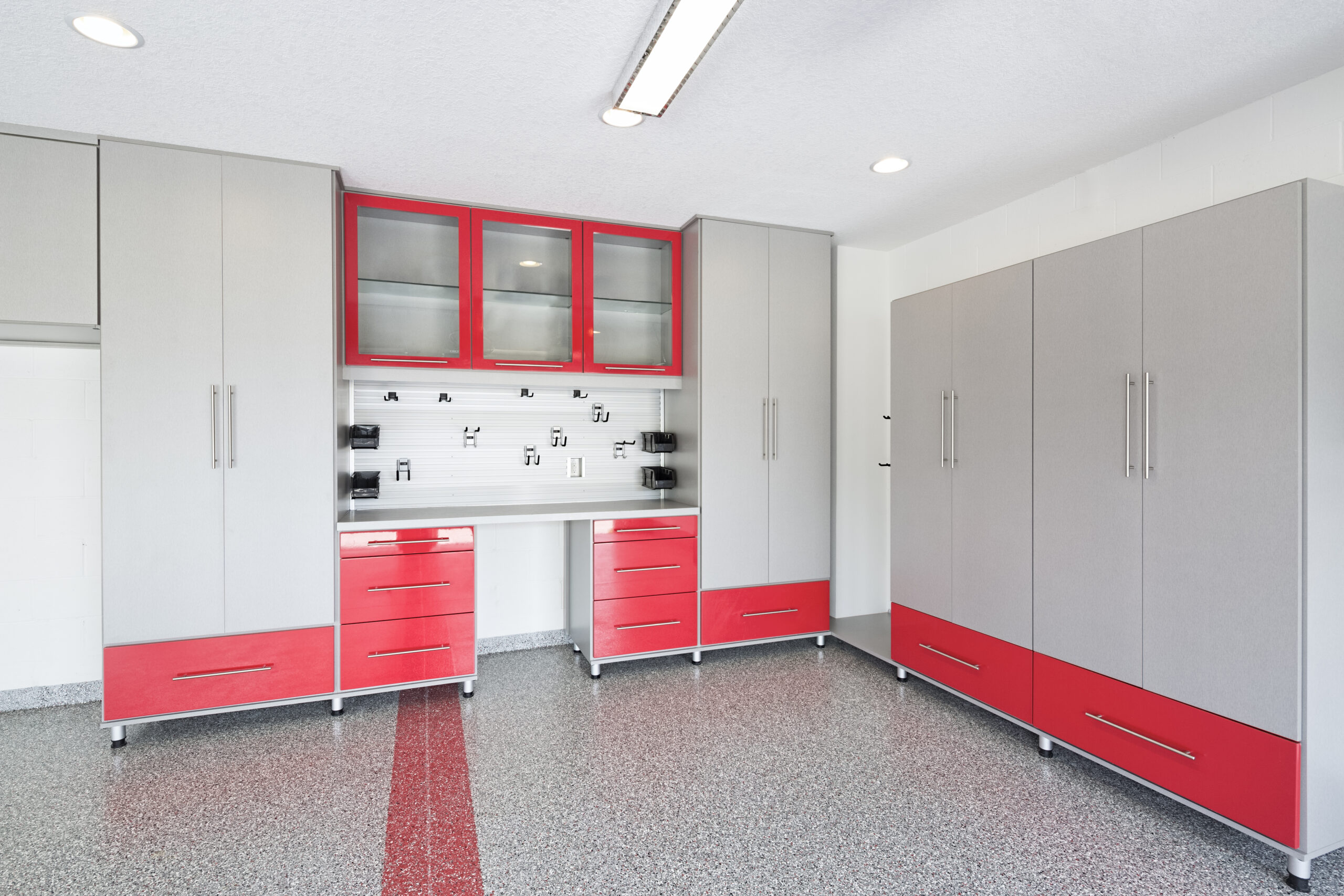A well-lit garage transforms a basic storage area into a functional, safe, and inviting space for various activities. Whether you use your garage as a workshop, gym, or simply for parking your vehicles, proper lighting is essential for visibility, safety, and comfort. This article explores the best garage lighting ideas, fixture options, optimal shop light placement, and practical tips to brighten your garage space effectively. From energy-efficient LED solutions to strategic positioning of light sources, we’ll guide you through creating a garage lighting plan that meets your specific needs.
Understanding Garage Lighting Basics
The first step in improving your garage lighting is understanding the fundamentals of illumination for this unique space. Unlike other rooms in your home, garages typically lack natural light and require more intense, distributed lighting to eliminate shadows and dark corners. When planning how to brighten your garage space, consider three primary lighting types: ambient lighting for general illumination, task lighting for specific work areas, and accent lighting for highlighting storage or display areas. The standard garage requires approximately 50 lumens per square foot for basic activities, but workshops or detailed task areas may need up to 300 lumens per square foot. Modern lighting options like LED shop lights have revolutionized garage lighting by providing exceptional brightness while consuming less electricity than traditional options.
Selecting the Best Garage Lighting Fixtures
When exploring garage lighting ideas, LED fixtures consistently emerge as the best option for most homeowners. LED shop lights offer numerous advantages: they consume up to 75% less energy than incandescent bulbs, last 25 times longer, produce less heat, and provide instant, flicker-free illumination. For a standard two-car garage, consider installing 4-6 four-foot LED shop lights in a grid pattern to ensure even coverage. Fluorescent lights remain a budget-friendly alternative, though they contain mercury, take time to reach full brightness in cold temperatures, and typically have shorter lifespans than LEDs. Metal halide or high-pressure sodium fixtures might be appropriate for very high ceilings, but they consume more energy and generate significant heat. As the experts at AskHomey often advise, investing in quality fixtures initially saves money long-term through reduced energy costs and fewer replacements.
Optimal Shop Light Placement for Garages
Strategic shop light placement in your garage dramatically affects visibility and functionality. Begin by mapping your garage’s dimensions and identifying activity zones that require different lighting levels. For general illumination, position ceiling-mounted LED fixtures in a grid pattern, spacing them approximately 4-6 feet apart to minimize shadows. When mounting lights, ensure they’re positioned perpendicular to your typical working direction to reduce shadows cast by your body as you move. In workshop areas, supplement overhead lighting with adjustable task lighting positioned 20-30 inches above workbenches. Garages with high ceilings benefit from lowering fixtures on chains or rods to bring light closer to where it’s needed. For under-cabinet areas or storage shelves, consider installing LED strip lights to illuminate dark recesses. Proper placement not only brightens your garage space but also enhances safety by ensuring no areas remain poorly lit.
Smart Lighting Solutions for Modern Garages
Technology offers exciting possibilities to enhance your garage lighting setup beyond basic fixtures. Motion-activated sensors eliminate the need to fumble for switches when entering with full hands and automatically turn lights off when the space is unoccupied, saving energy. Dimmable LED systems allow you to adjust brightness according to your activities, from full brightness for detailed work to softer lighting for casual use. Smart lighting systems compatible with home automation platforms enable remote control via smartphone apps, scheduled operation, and integration with security systems. Some advanced garage lighting ideas include programmable scene settings that activate different lighting configurations with a single command, such as “workshop mode” or “vehicle maintenance mode.” Color-temperature adjustable fixtures let you customize the lighting atmosphere from cool white for task work to warmer tones for comfortable ambient lighting.
Energy Efficiency and Maintenance Considerations
When implementing garage lighting solutions, consider long-term energy usage and maintenance requirements. LED shop lights typically consume 30-50 watts while producing the same brightness as 100-150 watt traditional bulbs, resulting in significant energy savings. Position fixtures to maximize their effective coverage area while minimizing the total number needed. When brightening your garage space, select fixtures with high lumens-per-watt ratios to get the most light for your energy dollar. Maintenance is another crucial factor—garage environments often contain dust, moisture, and temperature fluctuations that can affect lighting performance. Choose sealed fixtures rated for damp locations to prevent dust accumulation inside the housing and ensure longer service life. Establish a regular cleaning schedule for light fixtures, as dust buildup can reduce brightness by up to 30%. Finally, consider the accessibility of fixtures for bulb replacement and cleaning when determining installation locations.
Conclusion
Transforming your garage with proper lighting enhances its functionality, safety, and appeal. By carefully selecting the best fixtures, implementing strategic shop light placement, and considering both immediate and long-term factors, you can create a well-lit environment that serves all your garage activities. Whether you’re completing detailed projects, organizing tools, or simply parking vehicles, thoughtful garage lighting solutions make the space more usable and inviting. Remember that lighting needs may evolve as your garage usage changes, so design a system that offers flexibility for future modifications.
For more tips and to connect with reliable home service professionals, follow AskHomey on Facebook and Instagram.



